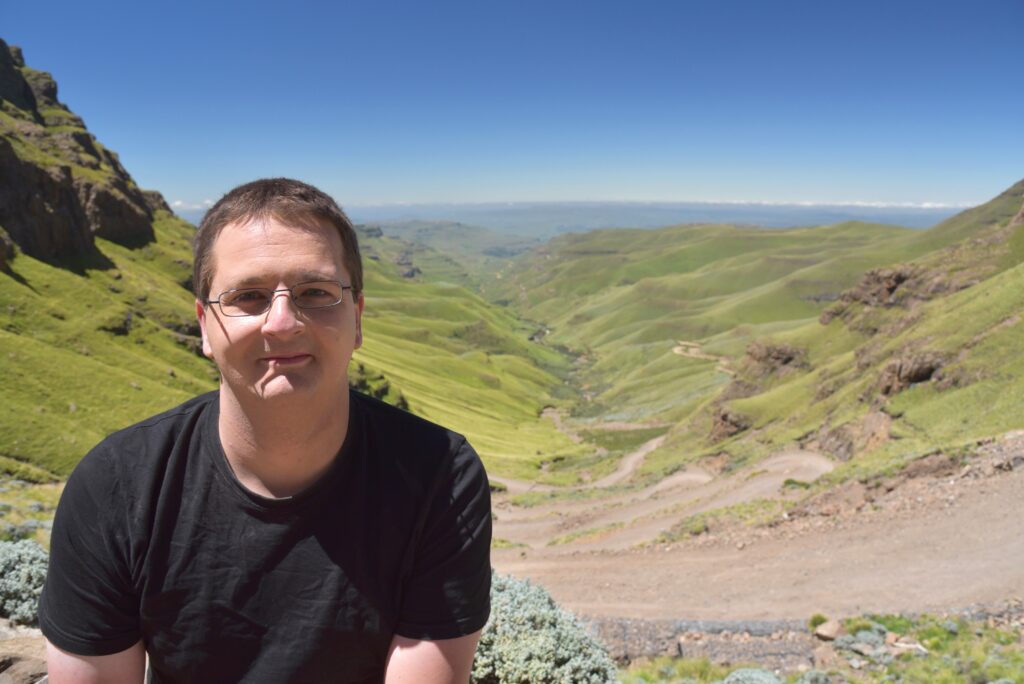 What is your position or role in the DESI project?
What is your position or role in the DESI project?
I helped design the DESI peculiar velocity survey and also work on BAO measurements, of which the later are the main science driver of DESI.
Where were you born?
I was born in a small town in Austria, where people only ever come from, but never go to.
Where do you live now?
I currently live in Daejeon, which is a city close to the centre of South Korea, where I work as postdoc at the Korea Astronomy and Space Science Institute.
What do you do as part of DESI?
Besides working on the DESI peculiar velocity survey and the BAO measurements, which are both currently my main focus in DESI, I tend to spread my time between far too many projects within the collaboration. For example I am involved in the stellar mass measurements, looking for rare galaxies, doing observations, helping with the weak lensing project, just to name a few. My daily routine is mostly focused developing code to analyze data form simulations and since recently also actual DESI data from observations. But I also organize meetings, seminars and have to attend many telecons with my collaborators.
What is the most interesting or exciting thing about your job?
Being able to be among the first people to explore new data and thereby helping to improve our knowledge of the universe.
Any advice for an aspiring scientist?
It might be survivorship bias, but “don’t give up and be proactive.”
What do you do for fun?
Hiking, board games, traveling, board games, cooking, board games, archery, and have I mentioned board games yet?
If you weren’t a scientist, what would be your dream job?
A very difficult question as almost all my dream jobs were various types of scientist, but if I had to pick another line of work, it would probably be diplomat.
What excites/interests you most about DESI?
The enormous amount of data collected and the impressive efficiency of the survey. Just to give an example, I was part of the observing team on a very good night in which we collected in a single night as many spectra of galaxies as it took another survey several years to reach the same number only 15 years prior.

